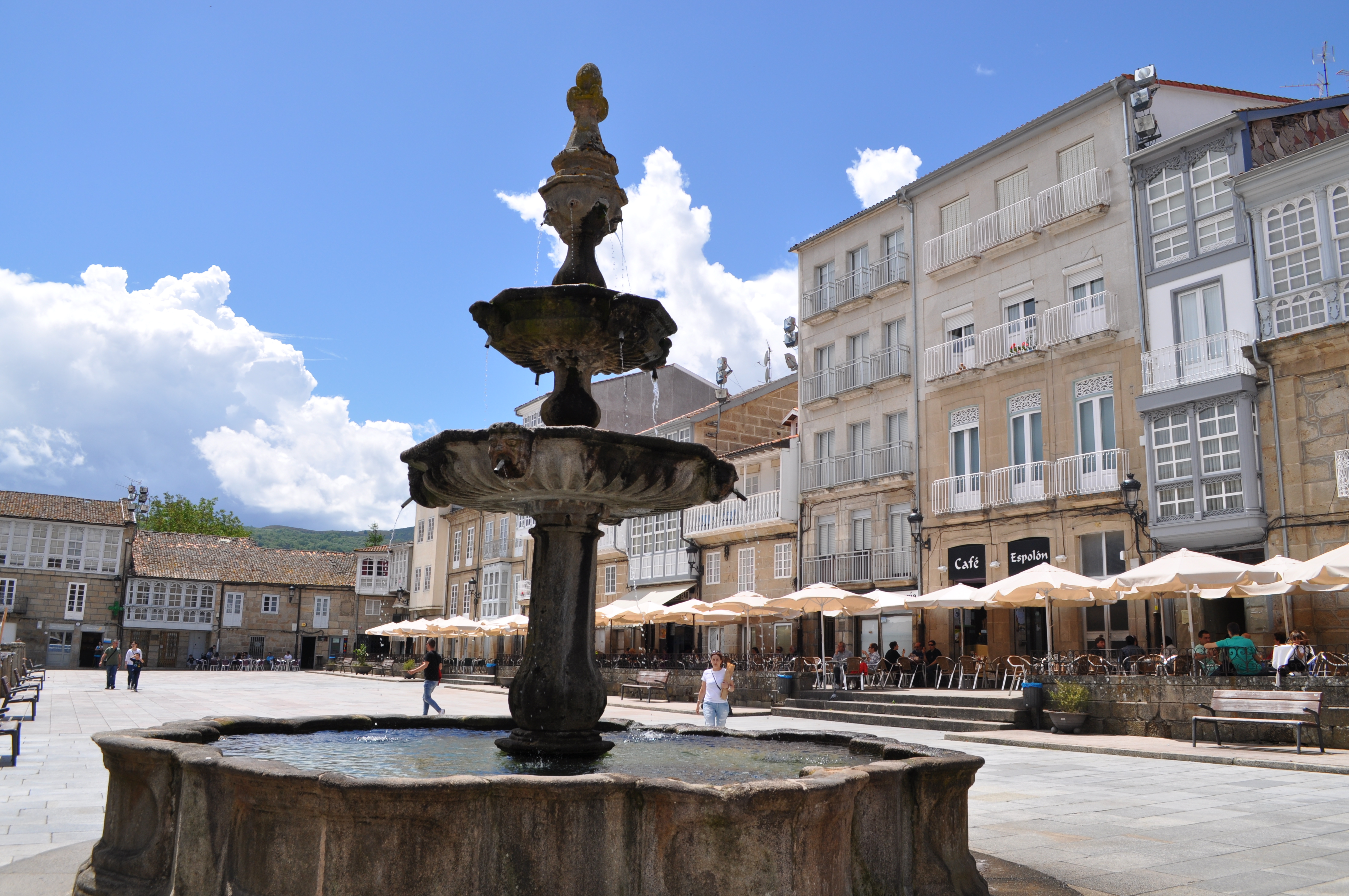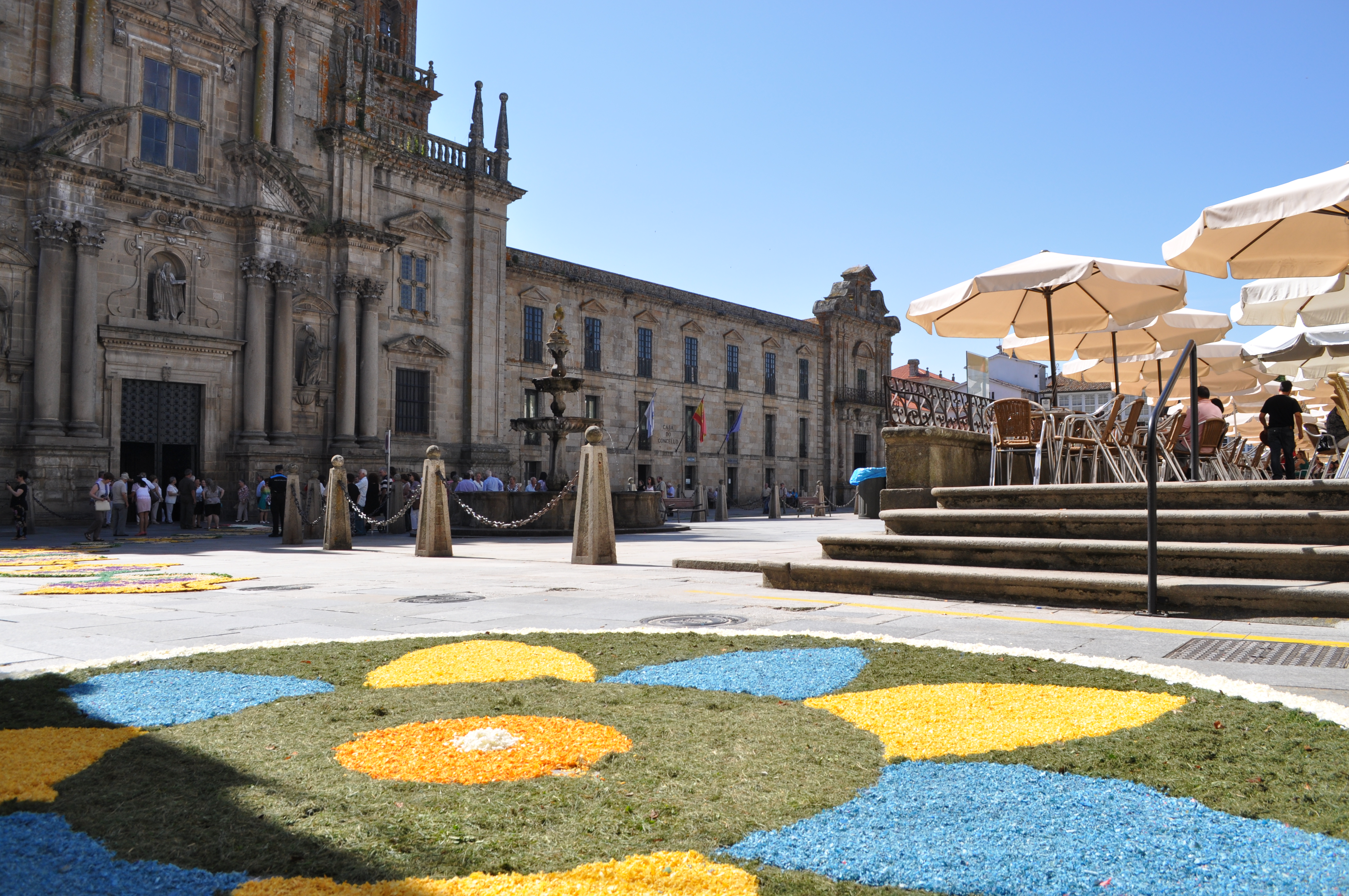Celanova&Beyond are the newest member of FRH, representing religious heritage in Galicia, Spain. The region is incredibly rich in religious heritage, and here María González introduces us to one of the most important monasteries in Galicia.
The entire Monastery of Celanova (Galicia, Spain) has been a National Historical Monument since 1931 (the Mozarabic “Capilla de San Miguel” since 1923). Its “Capilla de San Miguel” is the only remaining part of the original monastery that was commissioned in the 10th century by Saint Rudesind. The Chapel is a gem of Mozarabic art in Galicia and is one of the most important and impressive examples of this art in Spain.
The high wooden choir from the late 15th century is incredibly well preserved, and the only intact Gothic choir in Galicia. Nowadays it’s the second oldest in Galicia, only after the former stone choir of the Cathedral of Santiago de Compostela – a work by Master Matthew.
The monastery is considered to be one of the most impressive examples of Baroque architecture in Galicia and it represents the Golden Age of monastic architecture in the region, featuring its outstanding Baroque organ and the Baroque altarpiece of the high altar as one of the finest and largest in Galicia.

According to legend, the Monastery of Celanova was founded in the place where a stone was thrown in the 10th century by Saint Rudesind (907-977 AD) – only the second abbot since 755. A member of the nobility, he was raised in the keep of Vilanova dos Infantes (Celanova) and became a prominent figure in the history of his region – he was the Bishop of Dumio-Bretoña and of Iria-Santiago and Viceroy of Galicia – as well as a monk and abbot of the monastery that he founded.
Within Galicia he played a very important role in the resettlement of new territories with Mozarabic population, in the reconstruction of churches and in the reconstruction and founding of monasteries – just as other family members did – as well as in spreading the presence of the Benedictine Order.

Since its foundation, the Monastery of Celanova received many donations and privileges that, along with St. Rudesind’s family inheritance, made it the most important Galician monastery in the 11th century and helped the monastery to develop the most extensive ecclesiastic lordship in the Modern Era.
Given its importance in Spain, it is said that Emperor Charles I of Spain – Charles V of the Holy Roman Empire (1500-1558) – considered the possibility of retiring here.
The importance of the monastery during the 17th and 18th centuries, as well as its economic and social power, was mirrored in the reforms that it underwent, meaning that – except for the Mozarabic “Capilla de San Miguel” – the entire monastery was rebuilt, first in the Romanesque style and between the 16th and 18th centuries in the Renaissance and Baroque styles.
Its former possessions – mainly priories – can still be visited all throughout Galicia: one of the Cies Islands and the S. Salvador’s Church at Coruxo; the Monastery of St. Pedro de Rocas; the Sande’s Castle; the churrigueresque Santa Maria la Real’s Church; the San Xes’ Church and the St. María Magdalena’s Church, as well as the largest granary in the province of Ourense, and more.
In the early 19th century lordships were suppressed and the confiscation processes carried out by the State put an end to most monasteries in Spain. As a result changes took place in the monastery and in the town of Celanova: on the one hand, the monastery was used for civil purposes (town hall, school, prison etc.), and on the other, the fountain of the “Cloister of Processions” was placed in the Main Square. As from 1820 the monastery could no longer limit the height of the surrounding houses and the town started to grow.

In 1984 the Europa Nostra Award was granted to the restoration process that made it possible for one of the monastery’s cloisters – the “Poleiro Cloister” – to house a secondary school, where one can nowadays visit the former library of the monastery.
The other part of the monastery houses the premises of the Town Hall, a Police Station and a tourist information office. The Processional Cloister, the refectory, the kitchen and the church can also be visited by tourists. The church is now a parish church, which is at the center of some of the main annual celebrations in Celanova: Holy Week, Corpus Christi, Christmas, etc.
Since the 12th century an open-air market has taken place on Thursday in the Main Square located in front of the main facade of the monastery. This square is also witness to pilgrims walking the so-called “Camino de San Rosendo” on their way towards Santiago de Compostela.

These pilgrims arrive in Celanova after having followed a Roman way – the Via Nova – from Braga through the Gerês-Xurés Transboundary Biosphere Reserve and later a secondary Roman road. After departing from Celanova, once they reach the city of Ourense they walk their last 100 km to Santiago de Compostela along the same path as the pilgrims walking the “Camino Via de la Plata”, therefore they are also granted a pilgrim’s certificate upon presentation of their pilgrim’s credential. On their way to Santiago de Compostela, apart from visiting the oldest cathedral in Portugal and the oldest church in Galicia, these pilgrims have the opportunity to visit sites linked to the relics of several saints, like those of St. Torquatus and St. Rudesind in the Monastery of Celanova.





Follow us: